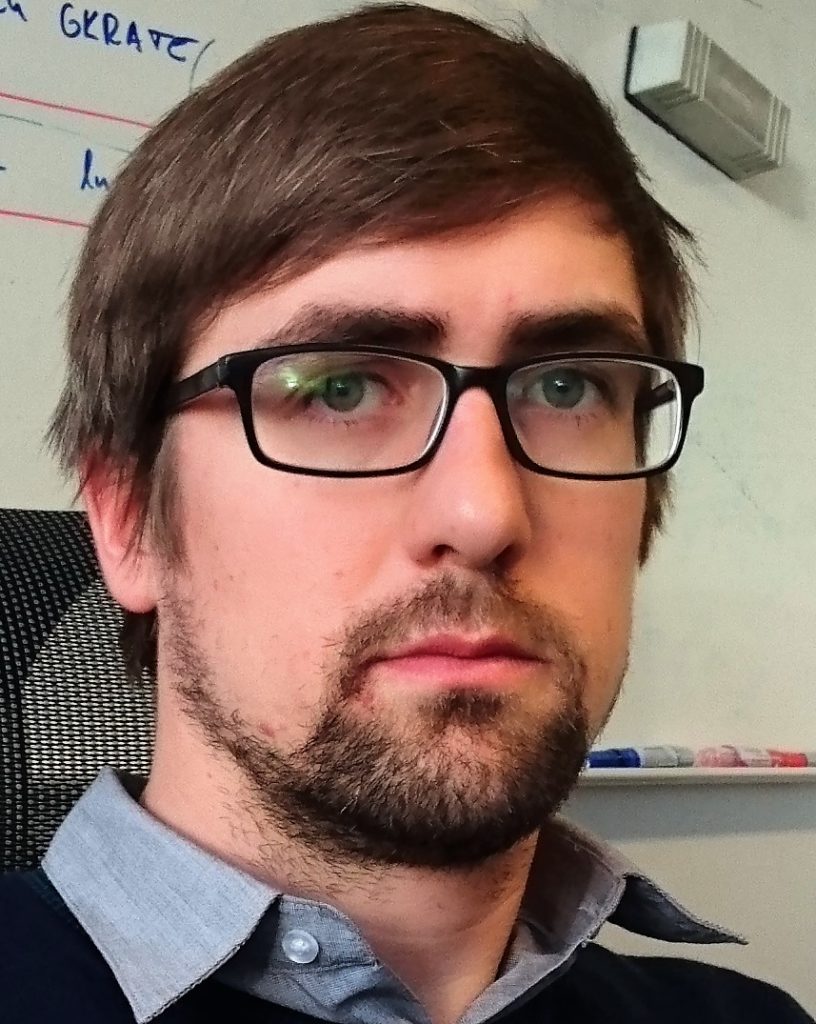
Meet a Flex4RES PhD – Hardi
As part of the Flex4RES team Hardi Koduvere from Tallinn University of Technology is working with his PhD thesis alongside with contributing to the Flex4RES project. His thesis is about…
As part of the Flex4RES team Hardi Koduvere from Tallinn University of Technology is working with his PhD thesis alongside with contributing to the Flex4RES project. His thesis is about modelling impacts of flexible technologies in the power system and he is Flex4RES’ Balmorel model expert in Estonia.
My PhD project has been running side by side with the Flex4RES project, which has been a great opportunity for a variety of reasons. First, the topic of my PhD research also includes modelling the impact of flexible technologies in the power system, similarly to Flex4RES. Secondly, participating in Flex4RES has allowed me to meet and work with and learn from many great Balmoral modellers from other participating universities. Particularly beneficial was the chance to stay and work with the modelling team of DTU for a half a year in 2016.
During the tackling of the modelling objectives in Flex4RES several challenges have arisen which have required a specialized solution. For example, one of the largest tasks was investigating the impacts of aggregation of times series in energy system models and coming up with a time series aggregation strategy which would both allow for quick solution times and a realistic representation of the energy system at the same time. On this topic, work started in cooperation Stefanie Buchholz from DTU and Hans Ravn already in mid-2016. By now, a good strategy has been implemented, tested and a paper has been submitted on the topic for peer review. I believe with the new aggregation strategy we can now more accurately than before assess the competitiveness of renewable energy sources in the power market and have more reliable model results.
Another aspect of interest is the effect of different variable annual weather conditions on the operation of the power system, needs of capacity and the profitability of generation capacity investments. Work here is progressing quickly and hopefully the first model runs regarding this problem can be discussed in the Flex4RES work package 3 meeting in Copenhagen in early March ’18.
According to Flex4RES, timeline it is soon time to wrap up the specific analysis and start making some complete model runs on flexibility options. I hope that we will be able to proceed here quickly and I am very excited to see and discuss some flexibility scenario model results this spring!
Overall, I am very happy to be a part of the Flex4RES team and hopefully we will have more joint projects in the future.
Related posts: Flex4RES/Balmorel PhD course April 2018